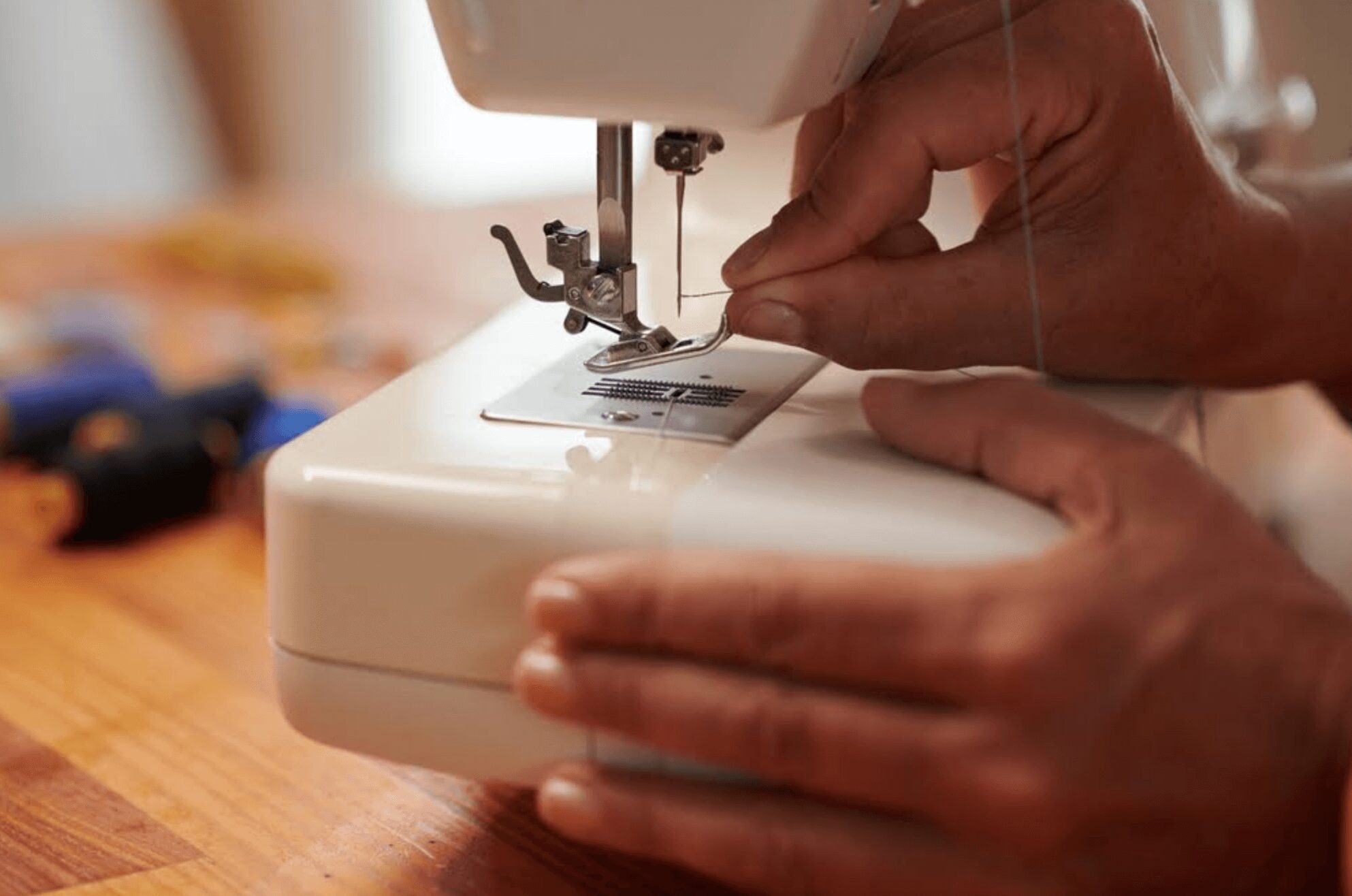Camo fabrics are often associated with the military but have become popular in fashion, hunting gear, home décor, and accessories. In the military, camouflage print (camo) fabrics conceal equipment and people, making them appear as part of the natural environment. They are preferred in the fashion industry and home décor to add a unique, modern, edgy vibe. Working with camo fabric has challenges due to its unique patterns and texture. Below are the three easy and useful tips to get a smooth sewing experience with camo fabrics.
1. Choose the Right Camo Fabric
There are different camo fabrics, and you should choose depending on the desired product for your sewing project. Fabric weight, stretching ability, material composition and other characteristics vary between fibers, and we have to choose the right material for specific projects. Here are some of the most popular camo fabrics to choose for your next project.
Camo Bullet Fabric
This long-lasting medium-weight fabric has a smooth texture on one surface while the other has a bullet texture. It is made of spandex and polyester, and even though there is only about 5% spandex, camo bullet fabric can stretch and revert to its original shape when released. Due to its durability and sturdiness, you can make lightweight jackets, blouses and home accessories.
Camo Techno Fabric
Also known as technical fabric, the camo techno fabric is made of polyester and spandex, which makes it stretchy. Due to its abrasion resistance and waterproof qualities, you can use it for bags, shoes, and hunting or industrial garments.
Camo Melton Fabric
This is a tightly woven fabric used for warm garments and stylish accessories for use during winter. It is made from a blend of polyester, cotton or viscose to give it a smooth surface. It is the best camo fabric for sewing warm bedding, heavy jackets and coats.
2. Preparing and Cutting Camo Fabric
Maintaining continuity in camo fabric prints when cutting or sewing can be challenging, but your sewing journey can be easier with the right process. Before working on the camo fabric, it is vital to prewash it to make it smoother and firmer. Prewashing camo fabric can help eliminate wrinkles and avoid shrinkage, especially in fabrics made of cotton alongside other materials.
To maintain a proper camo pattern, lay out the pieces, ensuring the print aligns with the adjoining pieces, then pin them in place. Mark corresponding notches and match points for accurate and easy assembly when sewing.
3. Master the Right Tools and Sewing Techniques
The needle you use is greatly determined by the type of fabric you are working on. Use an extra-fine point needle for heavy weight and tough materials for a smooth and even sew. A ballpoint needle is best for stretchable and lightweight fabrics to maintain elasticity and prevent the stitches from puckering or skipping. Use a large needle for thick fabrics and reduce the foot pressure settings to accommodate the thickness.
With adequate preparations and the right camo fabric, you can enjoy a successful sewing journey. Follow these practical tips today to create a camo design you love regardless of the print pattern or type of fabric.

